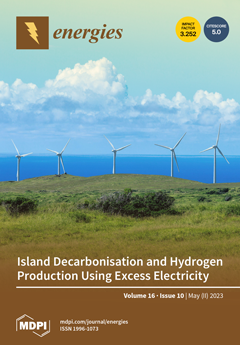Open AccessArticle
Investigating the Drying Process of Ceramic Sanitary Ware at Low Temperature
by
Ricardo S. Gomez, Kelly C. Gomes, José M. A. M. Gurgel, Laís B. Alves, Hortência L. F. Magalhães, Raíssa A. Queiroga, Gustavo C. P. Sousa, Aline S. Oliveira, Anderson F. Vilela, Bruna T. A. Silva, Danielle B. T. Vasconcelos, Glauco R. F. Brito and Antonio G. B. Lima
Cited by 9 | Viewed by 4055
Abstract
Drying is one of the stages with the highest energy consumption in the manufacturing process of ceramic materials and aims to reduce the product’s moisture to levels necessary for safe firing stage, reducing the chances of defect formation. For sanitary ware, there is
[...] Read more.
Drying is one of the stages with the highest energy consumption in the manufacturing process of ceramic materials and aims to reduce the product’s moisture to levels necessary for safe firing stage, reducing the chances of defect formation. For sanitary ware, there is an additional energy cost in the pre-drying stage, which takes place immediately after removing the parts from the molds, and is carried out in an environment with lower temperatures (ranging from 30 to 40 °C). This work aims to experimentally study the drying process of sanitary ware at low temperatures, with particular reference to sanitary toilets with industrial dimensions. Four drying experiments were carried out in an oven with different operating conditions (temperature and relative humidity). The results indicate that an increase in temperature and reduction in relative humidity provoke a faster drying rate. For some physical situations, it is more interesting to dedicate efforts to reducing the relative humidity of the drying air instead of seeking solutions to raise its temperature. Furthermore, a correlation between the linear retraction and moisture content was observed; the greater the moisture loss, the greater the sample shrinkage.
Full article
►▼
Show Figures





